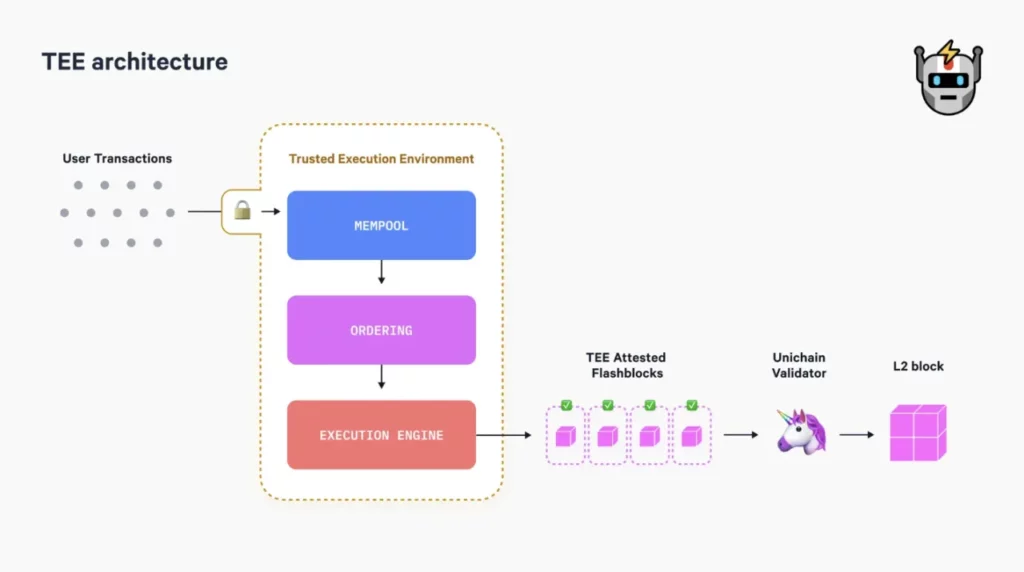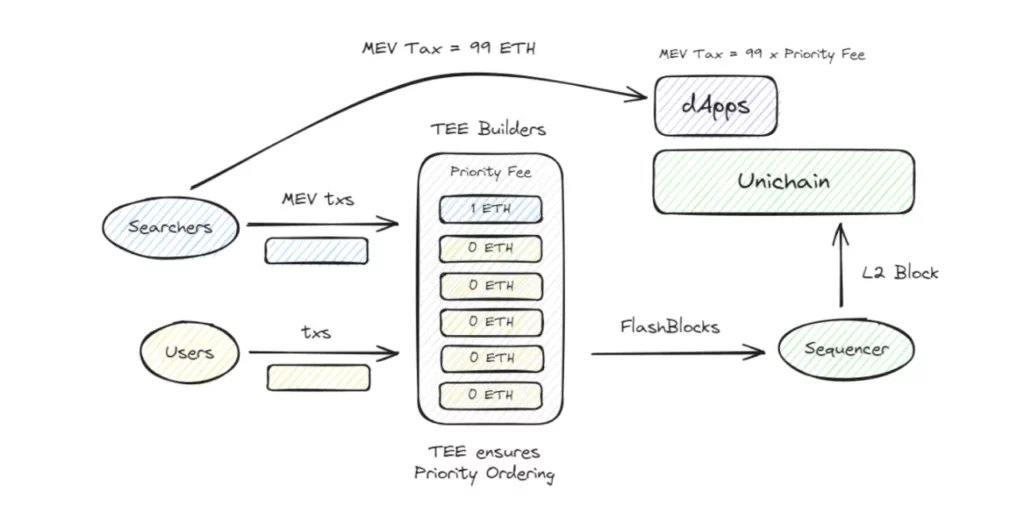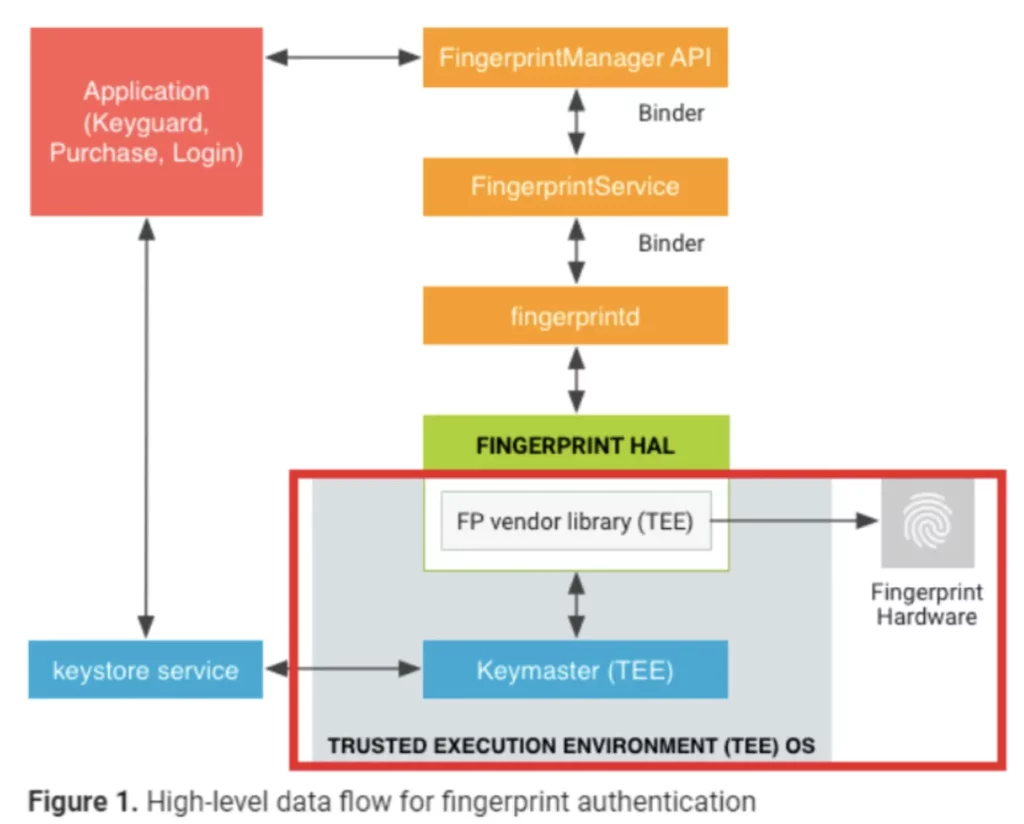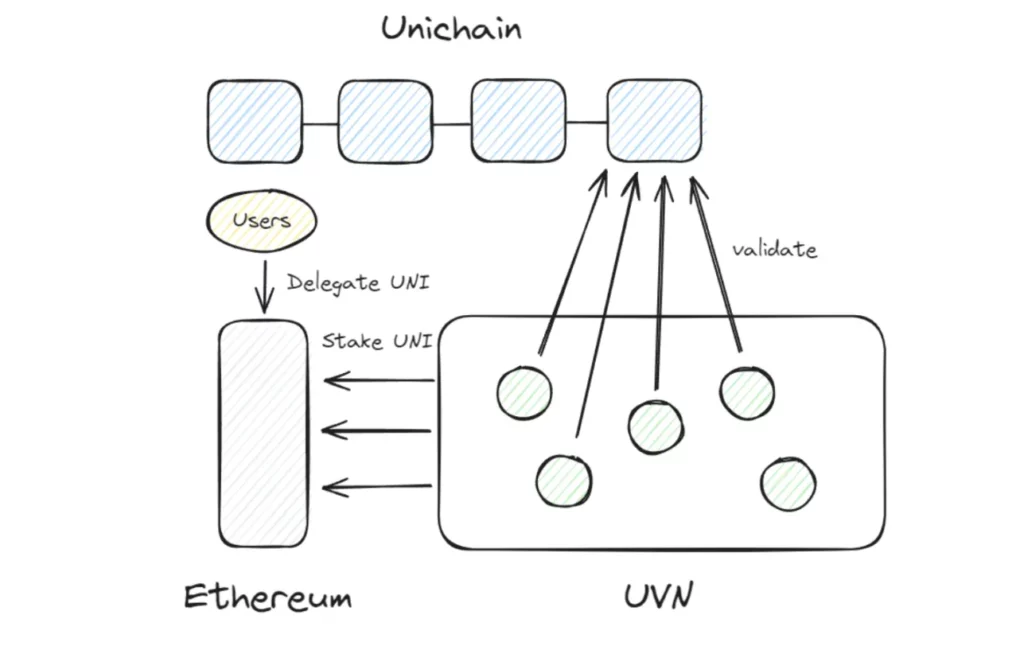What is Uniswap’s Newly Released Unichain?
A few years ago, I speculated that Uniswap might develop its own network, but I was skeptical due to potential user experience challenges. However, with the unveiling of Unichain, it turns out my prediction was wrong.
Unichain’s whitepaper is only three pages long, but a closer look reveals it’s a masterpiece. It combines Uniswap’s long-standing focus on user experience, Flashbots’ latest research on MEV, and the expansive ecosystem built on OP Stack.
Despite its brevity, the whitepaper delves into complex topics like Trusted Execution Environments (TEE), priority ordering, and MEV taxation, which could be challenging for readers unfamiliar with the fundamentals of MEV. This article aims to provide a simple and quick introduction to the main features of Unichain.
1. The Problem
Uniswap is the leading AMM DEX in the Ethereum ecosystem, currently deployed across 25 networks with a total TVL of approximately $4.5 billion. Despite its success, Uniswap still faces limitations stemming from the underlying networks.
For instance, while Ethereum provides significant liquidity, it has low scalability and is vulnerable to malicious MEV (Maximum Extractable Value) attacks. Rollup solutions have emerged to address these issues, but most are currently managed by a single sequencer for transaction ordering, which introduces potential single points of failure, such as liveness failure and censorship.
Moreover, the block-building process on Ethereum and most Rollup networks involves a public mempool, creating an environment where users (searchers) can extract MEV from others. The structure of the MEV value chain also creates an imbalance, with a disproportionate amount of value being captured by proposers rather than benefiting users.
2. What is Unichain?
2.1 Overview

Unichain is an Ethereum Optimistic Rollup built on OP Stack, launched by Uniswap, Flashbots, OP Labs, and Paradigm to address these issues. Unichain provides several key benefits through 1) verifiable block building and 2) the Unichain Validation Network:
- Fast state updates
- The ability for applications to extract and internalize MEV
- Fast settlement through rapid finality
In addition to being an OP Stack-based Rollup, Unichain plans to integrate into the Superchain ecosystem. This integration, alongside Unichain’s native fast-settlement capabilities, aims to offer users a seamless liquidity experience through cross-chain solutions within the Superchain ecosystem.
Let’s take a closer look at how Unichain achieves these functions.
2.2 Verifiable Block Building
Verifiable block building is realized through Rollup-Boost, a feature co-developed with Flashbots. Rollup-Boost offers two key functionalities: Flashblocks and verifiable priority ordering. Similar to MEV-Boost, Rollup-Boost acts as sidecar software.
2.2.1 Flashblocks

Flashblocks are a pre-confirmation mechanism published by TEE builders (we’ll discuss TEE in more detail below). Unichain generates partial blocks by splitting a single block into four parts, creating a partial block every 250 milliseconds and sending it to the sequencer.
As the sequencer executes transactions, it continuously downloads these partial blocks, providing early execution confirmations to users. The sequencer guarantees that these partial blocks will be included in the final proposed block. This process accelerates state updates, reduces latency, improves user experience, and limits malicious MEV.
2.2.2 Verifiable Priority Ordering

2.2.2.1 Priority Ordering
Priority ordering, proposed by Paradigm’s Dan Robinson and Dave White, is a block-building mechanism that assumes block proposers order transactions purely based on priority fees, without censorship or delay. This model is only feasible with a single or trusted block proposer. In competitive environments like Ethereum L1, where multiple proposers build blocks, priority ordering is not viable.
Private order flow allows DApps to levy MEV taxes on transactions interacting with them, enabling them to capture part of the MEV value. These values can be used internally or redistributed to users. MEV taxes are fees that smart contracts impose based on priority fees.
Let’s look at an example.
Suppose the 100y DEX on Unichain L2 wants to extract MEV value from arbitrage opportunities occurring on its platform. Since it knows that blocks on Unichain are built using priority ordering, the MEV value of any transaction is entirely determined by its priority fee. 100y DEX sets its MEV tax to 99 times the transaction’s priority fee.
If there’s an arbitrage opportunity worth 100 ETH, how much priority fee would a searcher be willing to pay to capture it? The answer is 1 ETH. Setting the priority fee to 1 ETH results in an MEV tax of 99 ETH, making the total cost 100 ETH. If the priority fee is set higher than 1 ETH, the total cost would exceed the 100 ETH value, resulting in a loss. Therefore, 100y DEX can capture up to 99 ETH of the MEV value.
For regular users who don’t capture MEV value, priority fees will be much lower, meaning 100y DEX won’t extract value from these transactions. Instead, it will only capture the MEV value represented by priority fees. This setup allows applications to directly extract MEV, creating new potential use cases.
2.2.2.2 Verifiability via TEE
The key here is ensuring that the entity responsible for block building follows the priority ordering mechanism. To achieve this, Unichain implements two measures: 1) separating the sequencer from the block builder, similar to the PBS model, and 2) requiring block builders to use TEE (Trusted Execution Environment) to allow anyone to verify whether priority ordering is followed.

A TEE is a secure part of the hardware (such as a CPU) that operates independently from the rest of the system to securely handle sensitive data. It ensures that trusted code can execute securely, even if the external environment is compromised, such as ARM’s TrustZone or Intel’s SGX.
This design prevents even the operating system or programs with admin privileges from accessing the secure area. To ensure that the code running in a TEE is trustworthy, we use attestation. Attestation guarantees the TEE’s secure and untampered state. For example, in Intel SGX, a hash representing the code and data inside the SGX is generated, and a hardware-managed private key can prove the integrity of that code.
Unichain’s block-building process runs within the builder’s TEE. Thanks to TEE’s features, these builders can submit a proof to users, demonstrating they are using the priority ordering block-building mechanism. These combined functionalities ensure that applications on Unichain can reliably extract a portion of MEV revenue.
2.3 Unichain Validation Network

The Unichain Validation Network is a decentralized network of node operators responsible for validating Unichain’s latest state and providing rapid finality through economic security, enabling seamless cross-chain transactions. This concept is similar to AltLayer’s MACH, which uses EigenLayer to achieve fast finality.
To become a decentralized node in Unichain, participants must stake UNI on the Ethereum mainnet. Nodes with the highest staked UNI balances will be selected into the active validator set for each epoch, and they will participate in validation by running the Reth Unichain client. Additionally, similar to other networks, UNI holders can delegate their stakes.
3. Final Thoughts
As a DApp, Uniswap has already achieved strong product-market fit, and I am optimistic about its transition to a dedicated L2. However, liquidity fragmentation remains a challenge, so it will be important to watch how the Uniswap team facilitates seamless cross-chain transactions between Ethereum L1 and Unichain L2.
From an investment perspective, the fact that UNI tokens will now serve as staking tokens for the UVN is particularly intriguing. Given the strong performance of staking protocols like EigenLayer, Symbiotic, and Karak, we can expect a large amount of UNI to be staked in UVN, which should significantly drive the value of UNI higher.